1. Detecting and Addressing Water Leaks
Identifying water leaks within walls: Signs of water near walls, changes in wall color and structure, appearance of mold on the wall.
Water leaks within walls are a common issue that can lead to serious consequences for your home. Early detection of signs of water leaks is crucial for timely remediation and avoiding substantial losses. In this article, we will explore the signs of water leaks within walls.
Signs of water near walls: One of the most notable signs to determine water leaks is the presence of water near walls. When there is a leak, water comes into contact with the wall’s surface, causing dampness or discoloration. Wet areas often appear brighter than other parts of the wall. If you notice water near a wall, inspect it closely to identify the root cause of the issue.
Changes in wall color and structure: This is also a significant indication of water leaks. When affected by water, walls may change color from white to yellow or brown. Additionally, if you observe cracks or peeling on the wall’s surface, it could be due to water weakening the structure. Immediate attention is required to prevent further damage.
Appearance of mold on the wall is another clear sign of water leaks. If you discover mold or signs of its growth, such as a musty odor, further investigation is necessary to determine the cause and address the issue effectively.
In cases of discovering water leaks within walls, prompt action is vital to avoid extensive damage. You can start by identifying the root cause and addressing it. Minor repairs or replacing damaged components may resolve the issue. However, in severe cases, professional intervention might be necessary to completely fix the water leakage problem.
Early identification of signs of water leaks within walls is crucial for timely intervention and preventing significant losses. By paying attention to signs like water near walls, changes in wall color and structure, and the appearance of mold, you can detect water leaks and effectively address the problem.
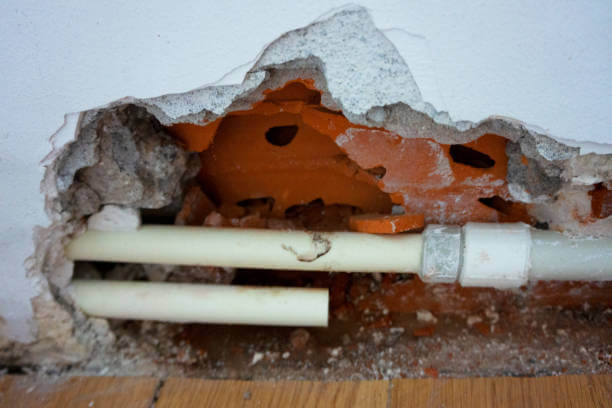
2. Locating the Leak’s Exact Position: Using In-wall Water Pipe Detection Equipment
Are you facing issues with your home’s water pipe system and unsure of the exact leak location? Don’t worry; in this article, we’ll introduce you to a useful tool for precisely identifying leaks – in-wall water pipe detection equipment.
In-wall water pipe detection equipment is a specially designed device to help locate areas with water close to walls. This allows you to pinpoint the exact position of water pipes within the wall and identify potential weak points leading to leaks.
Using the in-wall water pipe detection equipment is straightforward. Simply move the device over the areas to be checked and monitor the display screen. The machine emits ultrasonic waves and captures reflections from water pipes. When there is a change in reflection, the device signals the precise location of the water pipes.
In-wall water pipe detection not only helps identify the leak location but also saves time and effort. Instead of breaking walls or floors to search for leaks, using the detection equipment allows you to determine the exact location accurately. This helps save on repair costs and avoids unnecessary damage to your home.
To ensure accurate testing results, you can also hire professional plumbing inspection services. These specialized companies often use advanced in-wall water pipe detection equipment and have expertise in handling issues related to water pipe systems.
By using in-wall water pipe detection equipment or hiring professional plumbing inspection services, you can pinpoint the exact location of leaks quickly and accurately. This helps save time, effort, and money in the process of repairing your water pipe system.
Make sure to always maintain your water pipe system in optimal condition to avoid issues like leaks and damage. If you notice any signs of leaks, contact experienced professionals for advice and timely repairs.
3. Dealing with Leaks: Methods and Causes
Water pipe leaks within walls are a common issue that many people encounter in using water supply systems. Handling and repairing these leaks require specialized knowledge and skills to ensure efficient and safe completion of the work.
The main causes leading to water pipe leaks within walls can include pipe blockages, pipe degradation, corrosion, or freezing and bursting. Firstly, pipe blockages may occur due to debris clinging to the inner pipe walls or foreign materials accidentally entering the system. When clogged, water pressure increases, causing stress on pipe walls and leading to weak points and leaks.
Secondly, prolonged use can result in the degradation of water pipes, especially those made from low-quality materials. Cracks and holes in the pipe walls can create conditions for water to escape, causing leaks.
Thirdly, corrosion is a common factor contributing to leaks within walls. Water may contain oxidizing agents and other corrosive substances, gradually weakening the pipe structure and creating openings for water to leak.
Finally, in regions with cold climates, freezing and bursting of water pipes are significant contributors to leaks. When water freezes inside pipes, it increases water pressure, leading to pipe bursting and subsequent leaks.
To handle and repair water pipe leaks within walls, it is crucial to identify the root cause of the leaks. Subsequent steps may involve inspecting and cleaning pipes, replacing damaged or degraded parts, and protecting pipes from environmental factors.
During the repair process, using specialized tools and materials is essential to ensure accuracy and safety. If lacking the necessary knowledge and skills, attempting DIY repairs on water pipe leaks within walls may result in serious consequences, such as fires or property damage.
Therefore, when facing issues with water pipe leaks within walls, always seek assistance from experienced professionals for consultation and professional repairs. This helps save time, effort, and ensures the safety of your family and home.
Cre: diennuochcm


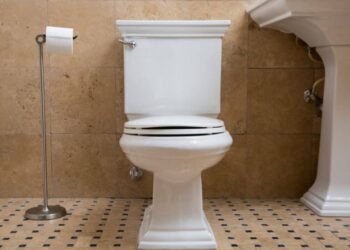
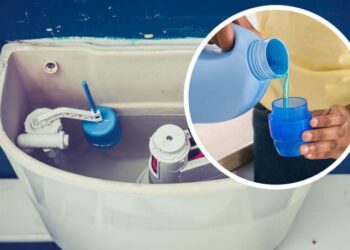
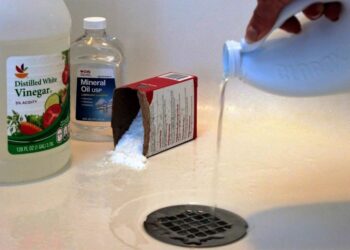
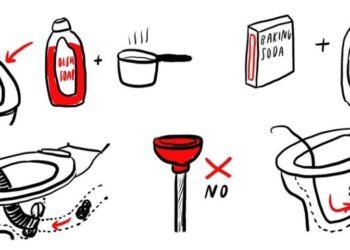
















Discussion about this post